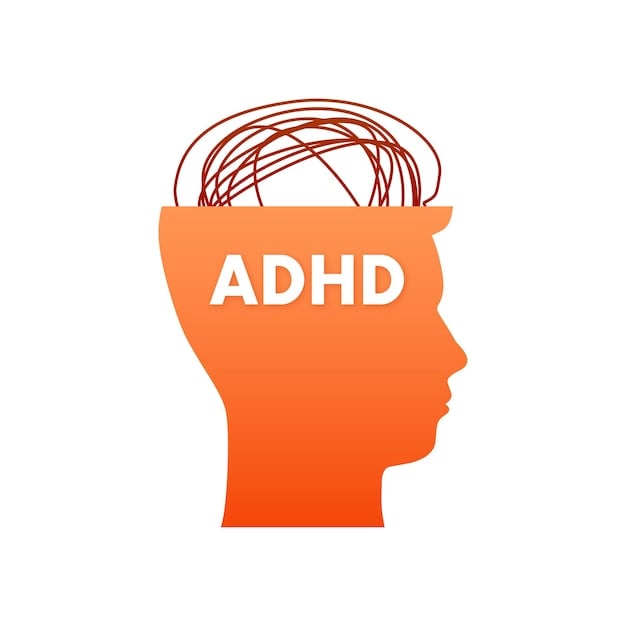

(I may mis-recall all the details because this was some years back.) There was girl who took a Danny Devito cutout as her “date” to highschool prom and posted the professional prom photo online, and the story got big enough that he heard about it. He was so amused by it that he brought a custom made cardboard cutout of her from the prom picture to the It’s Always Sunny in Philadelphia set to take a photo with.




Not surprisingly, people who couldn’t admit when they were wrong didn’t come into this thread and admit that they have been wrong.